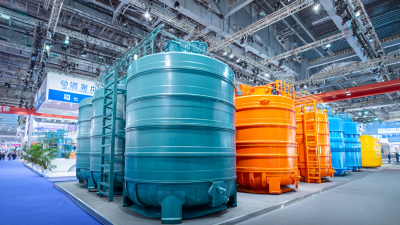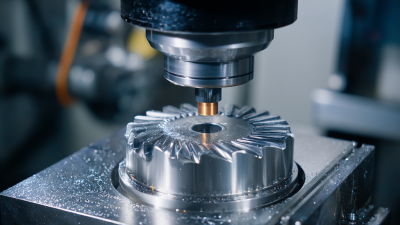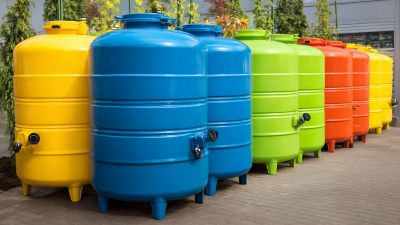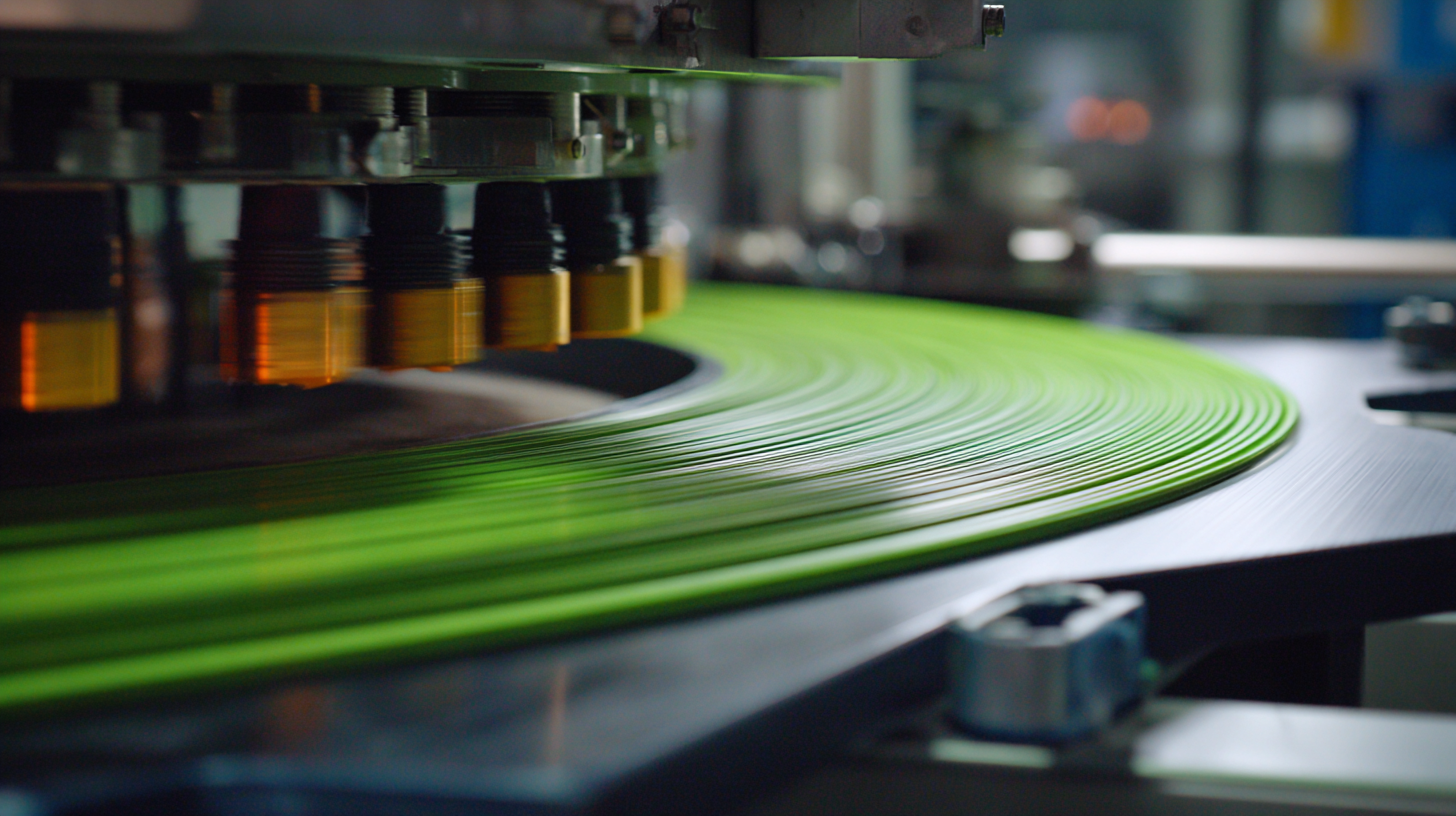 Vacuum forming has emerged as a pivotal technique in modern manufacturing, enabling the creation of intricate custom plastic shapes that cater to diverse industries. According to a report by Smithers Pira, the global market for vacuum forming is projected to reach $5 billion by 2025, driven by its versatility in applications ranging from packaging to automotive and medical devices. This innovative process utilizes heat and vacuum pressure to mold thermoplastic sheets into specific forms, allowing manufacturers to achieve precise dimensions and high-quality finishes at a fraction of the cost compared to traditional methods. As businesses increasingly seek cost-effective and efficient production solutions, understanding vacuum forming becomes essential for leveraging its full potential to meet the demands of modern design and functional needs.
Vacuum forming has emerged as a pivotal technique in modern manufacturing, enabling the creation of intricate custom plastic shapes that cater to diverse industries. According to a report by Smithers Pira, the global market for vacuum forming is projected to reach $5 billion by 2025, driven by its versatility in applications ranging from packaging to automotive and medical devices. This innovative process utilizes heat and vacuum pressure to mold thermoplastic sheets into specific forms, allowing manufacturers to achieve precise dimensions and high-quality finishes at a fraction of the cost compared to traditional methods. As businesses increasingly seek cost-effective and efficient production solutions, understanding vacuum forming becomes essential for leveraging its full potential to meet the demands of modern design and functional needs.
Vacuum forming is a pivotal process in custom plastic manufacturing, enabling the creation of tailored shapes that fit specific needs across various industries. This technique involves heating a plastic sheet until it's pliable, then drawing it over a mold using vacuum pressure. The result is a precise product that captures intricate details, ideal for applications ranging from packaging to automotive components.
**Tips for Successful Vacuum Forming:**
1. **Material Selection:** Choose the right type of plastic for your project. Thermoplastics like ABS and polycarbonate are popular due to their durability and versatility.
2. **Mold Design:** Ensure your mold has smooth surfaces and adequate drainage to prevent air trapping, which can lead to imperfections in the final product.
3. **Heating Technique:** Maintain uniform heating of the plastic sheet to avoid warping. A properly calibrated oven can significantly improve the quality of the formed parts.
By understanding the fundamentals of vacuum forming and applying these tips, manufacturers can achieve efficient production processes and high-quality custom plastic shapes that meet the demands of their clients.
Vacuum forming is a pivotal technique in modern manufacturing, primarily due to its versatility and efficiency in creating custom plastic shapes. A key aspect of achieving high-quality products lies in the selection of materials used in the vacuum forming process. The choice of plastic significantly affects not only the aesthetic attributes of the final product but also its durability and functionality.
Vacuum forming is a widely utilized manufacturing process that involves shaping plastic sheets over a mold using suction. The step-by-step process begins with the design phase, where CAD software is employed to create precise models that will guide the vacuum forming. According to a report by Grand View Research, the global plastic packaging market size was valued at approximately $310 billion in 2020, indicating a significant reliance on processes like vacuum forming for various applications.
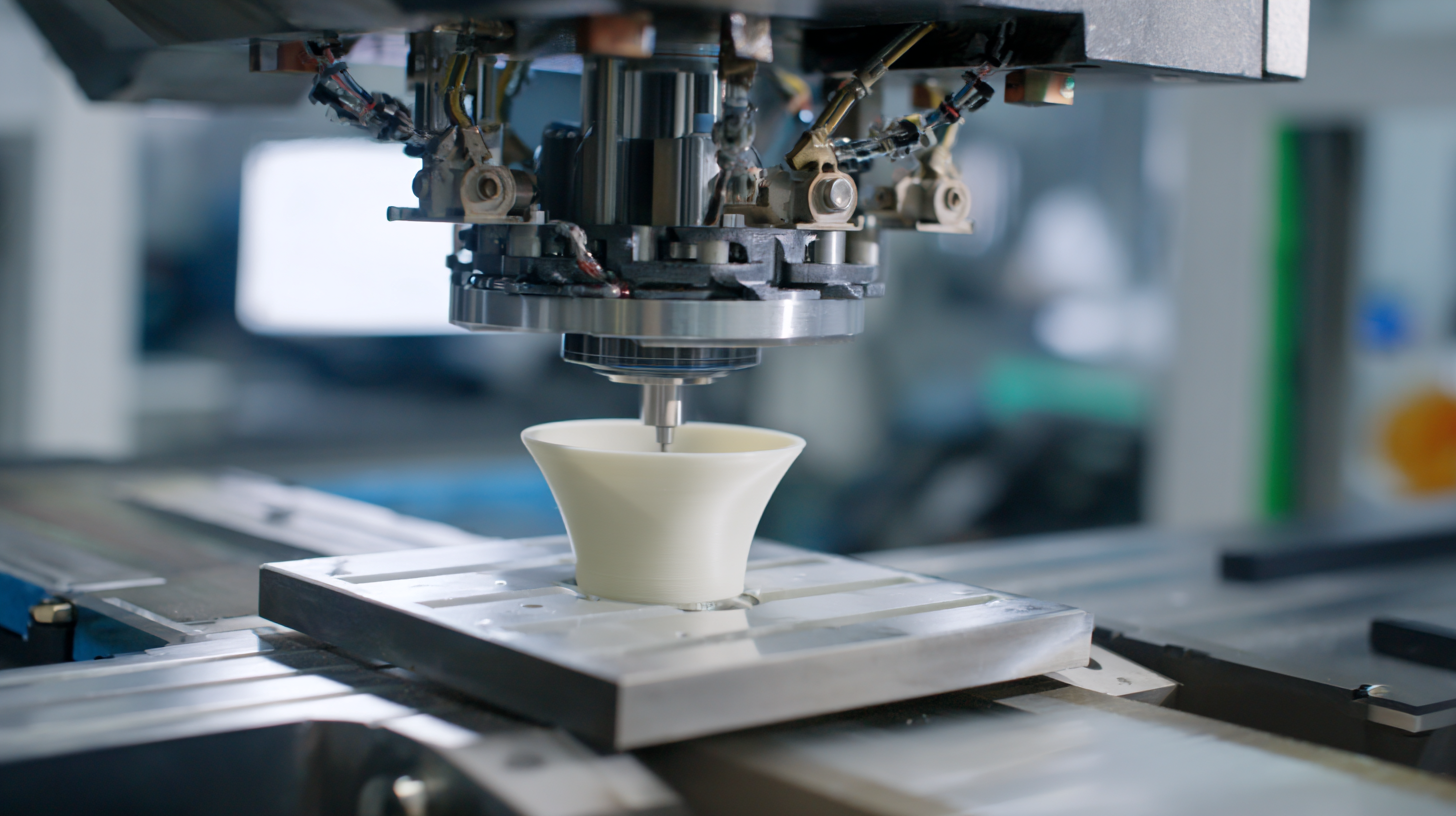
Once the design is finalized, the plastic sheet is heated until pliable before being draped over the mold. A vacuum pump then removes air from the gap between the sheet and the mold, causing the heated plastic to conform tightly to the unique contours. This method not only allows for intricate designs but also ensures a high level of consistency in production. As noted by the Plastic Industry Association, the efficiency of vacuum forming leads to reduced waste and lower production costs, making it a preferred method in industries ranging from automotive to consumer goods.
Post-formation, the cooling process solidifies the plastic into its final shape, after which trimming and finishing take place. The versatility of vacuum forming has led to its increasing adoption in modern manufacturing, with a growing number of companies reporting improved turnaround times and enhanced product customization. This method exemplifies how traditional techniques can be adapted to meet the demands of contemporary markets, reflecting a broader trend toward innovation in manufacturing processes.
Vacuum forming is a transformative manufacturing process that has found diverse applications across various industries. In packaging, vacuum forming allows for the creation of custom containers that are both lightweight and durable, ensuring products remain secure during transport while also enhancing shelf appeal. The ability to produce intricate shapes and designs has made vacuum-formed packaging essential for food, electronics, and consumer goods, catering to both functionality and aesthetic demands.
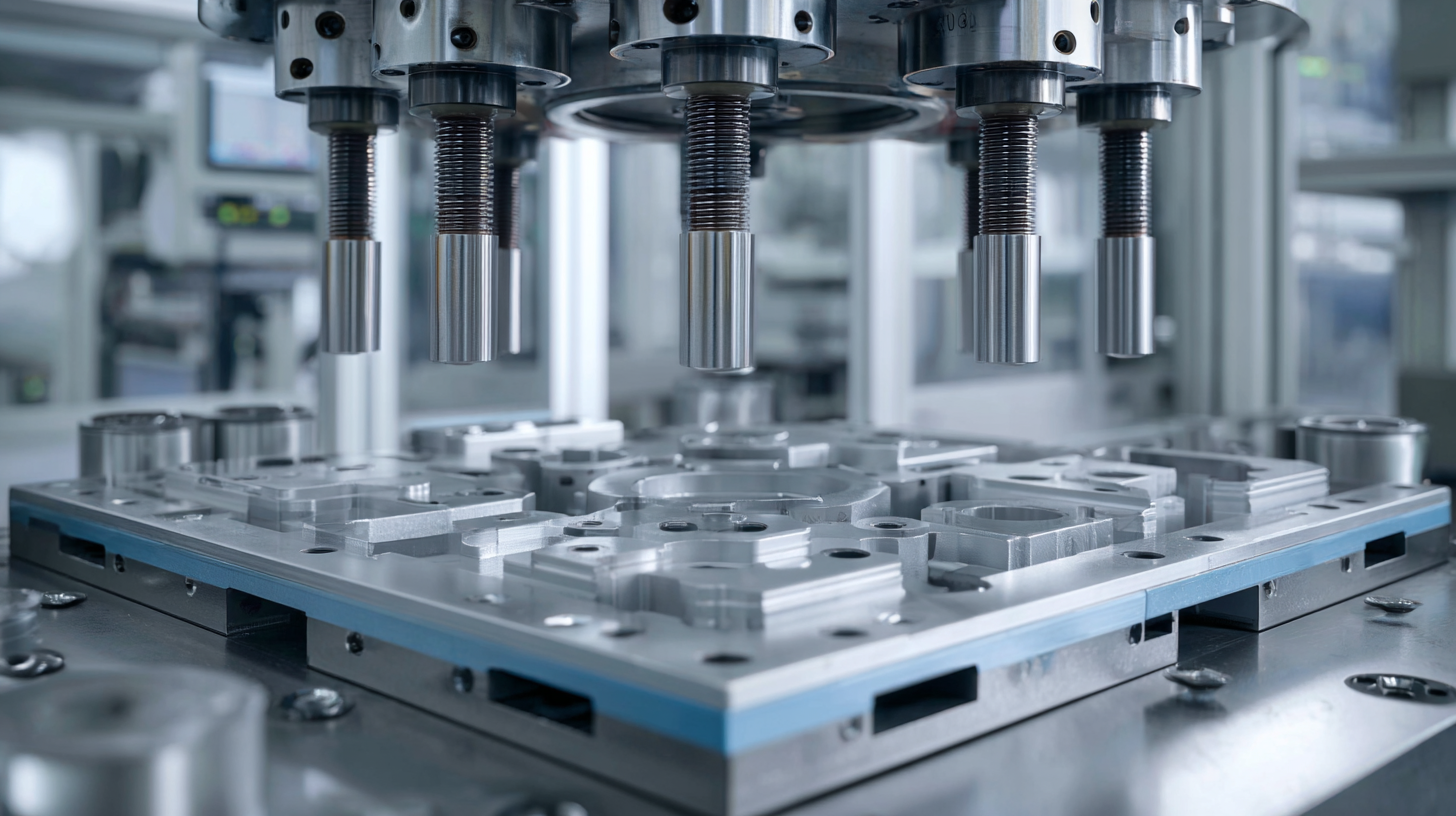
In the automotive sector, vacuum forming plays a crucial role in interior design and component production. This technique enables manufacturers to create complex dashboard designs, door panels, and consoles that are not only visually appealing but also cost-effective. Its versatility allows for the use of different materials, including ABS and polycarbonate, which are favored for their strength and impact resistance. As manufacturers strive for efficiency without compromising on quality, vacuum forming continues to revolutionize how custom plastic parts are produced, demonstrating its vital role in modern manufacturing.
The vacuum forming market has witnessed significant growth in recent years, driven by its versatility and efficiency in manufacturing custom plastic shapes. As industries increasingly adopt this technology for producing packaging, automotive parts, and consumer products, market statistics reveal a steady expansion. This growth can be attributed to factors such as the rising demand for lightweight materials and the ability to create detailed, complex designs at a lower cost compared to traditional manufacturing methods.
Looking forward, the future prospects of vacuum forming technology appear promising. Innovations in materials, such as biodegradable plastics and high-performance polymers, are set to enhance the capabilities of vacuum forming. Additionally, the continued push for sustainability across various sectors is likely to fuel further adoption of vacuum forming techniques. As businesses seek to reduce waste and improve production efficiency, vacuum forming stands out as a viable solution that aligns with these trends, confirming its crucial role in modern manufacturing.


